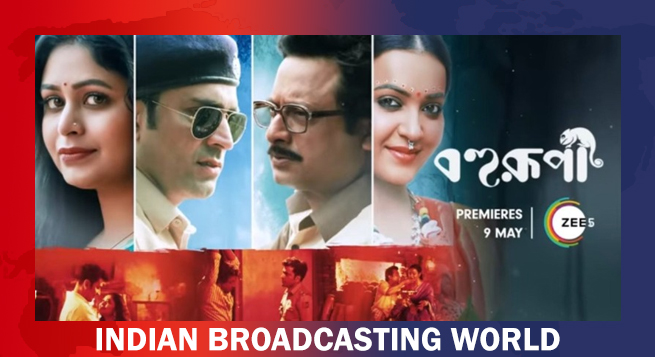India’s Entertainment & Media (E&M) industry is expected to reach Rs.. 6,828,903 crore (US$82.745 billion) by 2027 at 8.6 percent CAGR, according to PwC’s Global Entertainment & Media Outlook 2023-2027 report.
In its 24th year, the global annual analysis forecasts E&M spending by consumers and advertisers across 53 territories in 13 sectors, including those in India.
With new launches from international players. and increasing “pay-lite” options, OTT revenue has surged in recent years., expanding a further 25.1 percent in 2022 to reach Rs.14,855 crore (US$1.8bn). This is over six times the revenue of 2018, the report stated, according to a media statement from PwC.
The market will continue to grow at an impressive rate, increasing at a 14.3 percent CAGR to produce revenue of Rs. 28,885 crore (US$3.5bn) in 2027. This will be driven by the competitive SVOD sector, which accounted for 78.1 percent of market revenue in 2022. Although subscription service revenue will expand at a 13.0percent CAGR to reach Rs. 21,457 crore (US$2.6bn), advertising-supported services (AVOD) will grow at a higher rate, albeit from a lower base.
The report said that India’s TV advertising market recovered rapidly from the COVID-19 pandemic downturn, with revenue expanding 19.0 percent in 2021 and 11.9 percent in 2022 to reach Rs. 387,891 crore (US$4.7 billion).
There remains considerable room for growth with advertisers keen to access India’s vast population and large live audiences. TV ad spend will grow at a 6.4 percent CAGR to reach Rs. 536,445 crore (US$6.5 billion) in 2027. At this time, India will be the fourth-largest TV advertising market globally, after the US, Japan and China.
The market’s expansion continues to be based on economic development and an increasing proportion of households having television sets.
The Indian Internet advertising market is among the fastest-growing in the world, with a 12.3 percent CAGR expected to see total revenue climb from Rs. 363,132 crore (US$4.4 billion) in 2022 to Rs. 651,987 crore (US$7.9 billion) by 2027.
There will be growth across the market over the forecast period, with the strongest performances coming in the mobile sector, where an overall CAGR of 13.7 percent is expected to push total revenue from Rs. 255,843 crore (US$3.1billion) to Rs. 478,674 crore (US$5.8 billion). In the wired sector, revenue will increase from Rs. 115,542 crore (US$1.4 billion) to Rs. 173,311 crore (US$2.1 billion), at a CAGR of 8.9 percent.
Manpreet Singh Ahuja, Chief Digital Officer and Leader of Technology, Media & Telecom at PwC India, stated in a statement, “As the adoption of emerging technologies such as AI, ML, and the metaverse increases, the range of use cases will broaden, leading to a significant disruption in the media industry.
“Media companies and content creators are already striving to provide more interactive and immersive experiences to viewers. We anticipate that Media & Entertainment enterprises will invest heavily in the transformative ideas of the future to maintain relevance with their audiences.”
Rajib Basu, Partner & Leader, Entertainment & Media, PwC India, said, “The Indian Media and Entertainment outlook for the next few years. will show an exciting pace of growth. We have a good view of how the industry has reset itself after the pandemic.
“Increased mobile penetration and the use of digital technologies are poised to disrupt existing channels and create new possibilities in the years ahead for the sector. It is increasingly becoming important for traditional media and entertainment businesses to adopt the right strategies for growth as they face competition from digitally powered businesses.”
PwC’s Global Entertainment & Media Outlook provides in-depth analysis of global entertainment & media consumer and advertising spending. The Outlook includes five-year historical and five-year forecast data and commentary for 13 industry segments across 53 territories.
Segments include business-to-business; cinema; internet access and data consumption; internet advertising; music, radio and podcasts; newspapers, consumer magazines and books; Out-Of-Home advertising; OTT video; traditional TV and home video; video games and esports; virtual reality and augmented reality.
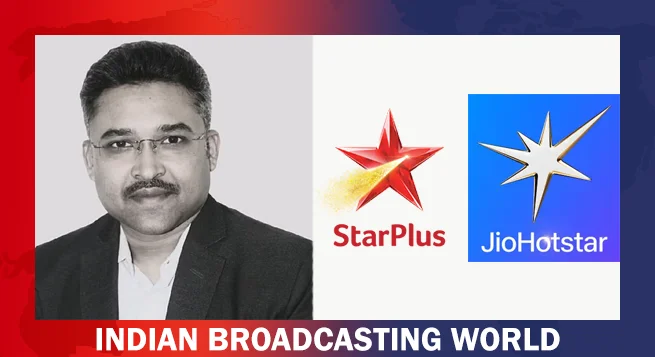 Avijit Dhar appointed VP-Marketing for Star Plus
Avijit Dhar appointed VP-Marketing for Star Plus 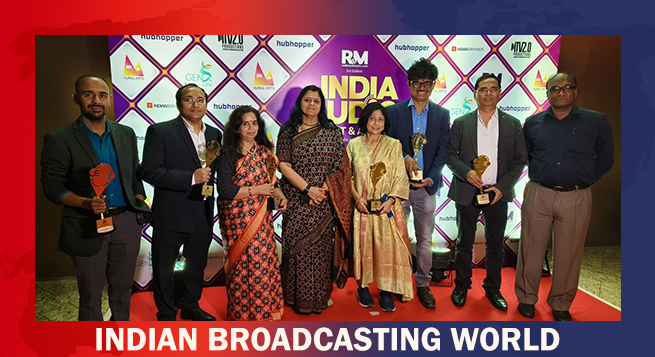 Akashvani bags 6 honours at India Audio Summit & Awards
Akashvani bags 6 honours at India Audio Summit & Awards  Govt tells media to desist from live coverage of defence ops
Govt tells media to desist from live coverage of defence ops  Jio Platforms net profit up 25.7% in Jan-Mar quarter
Jio Platforms net profit up 25.7% in Jan-Mar quarter 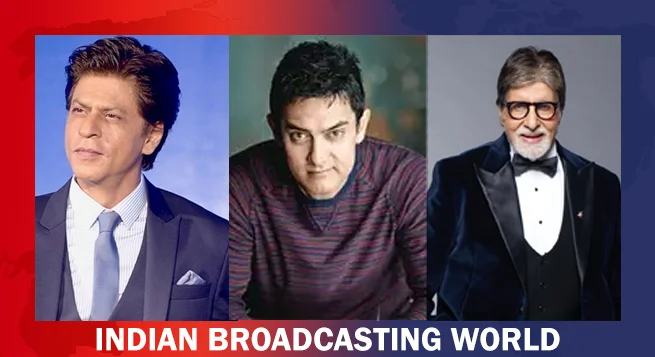 SRK, Aamir, Big B, Ted Sarandos, WPP CEO, MPA chief, other stars, to headline WAVES
SRK, Aamir, Big B, Ted Sarandos, WPP CEO, MPA chief, other stars, to headline WAVES 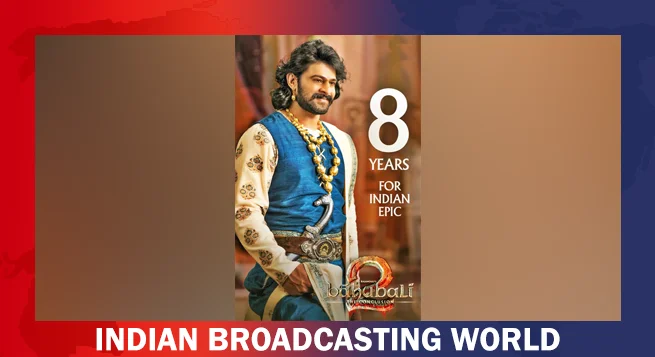 ‘Baahubali’ set for re-release in October
‘Baahubali’ set for re-release in October  Arun Nair named Biz Head of News Malayalam 24×7
Arun Nair named Biz Head of News Malayalam 24×7  ASCI modifies guidelines for health, finance influencers
ASCI modifies guidelines for health, finance influencers 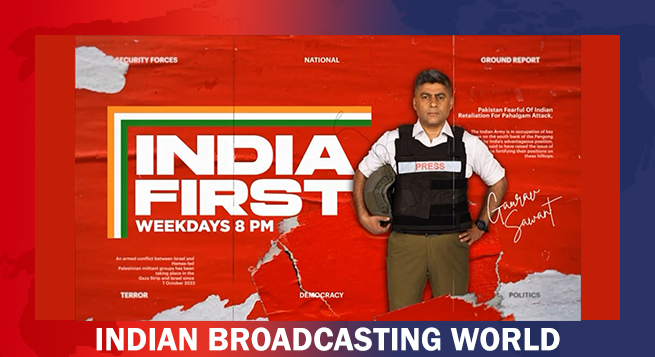 Gaurav Sawant to anchor ‘India First’ on India Today TV
Gaurav Sawant to anchor ‘India First’ on India Today TV 



